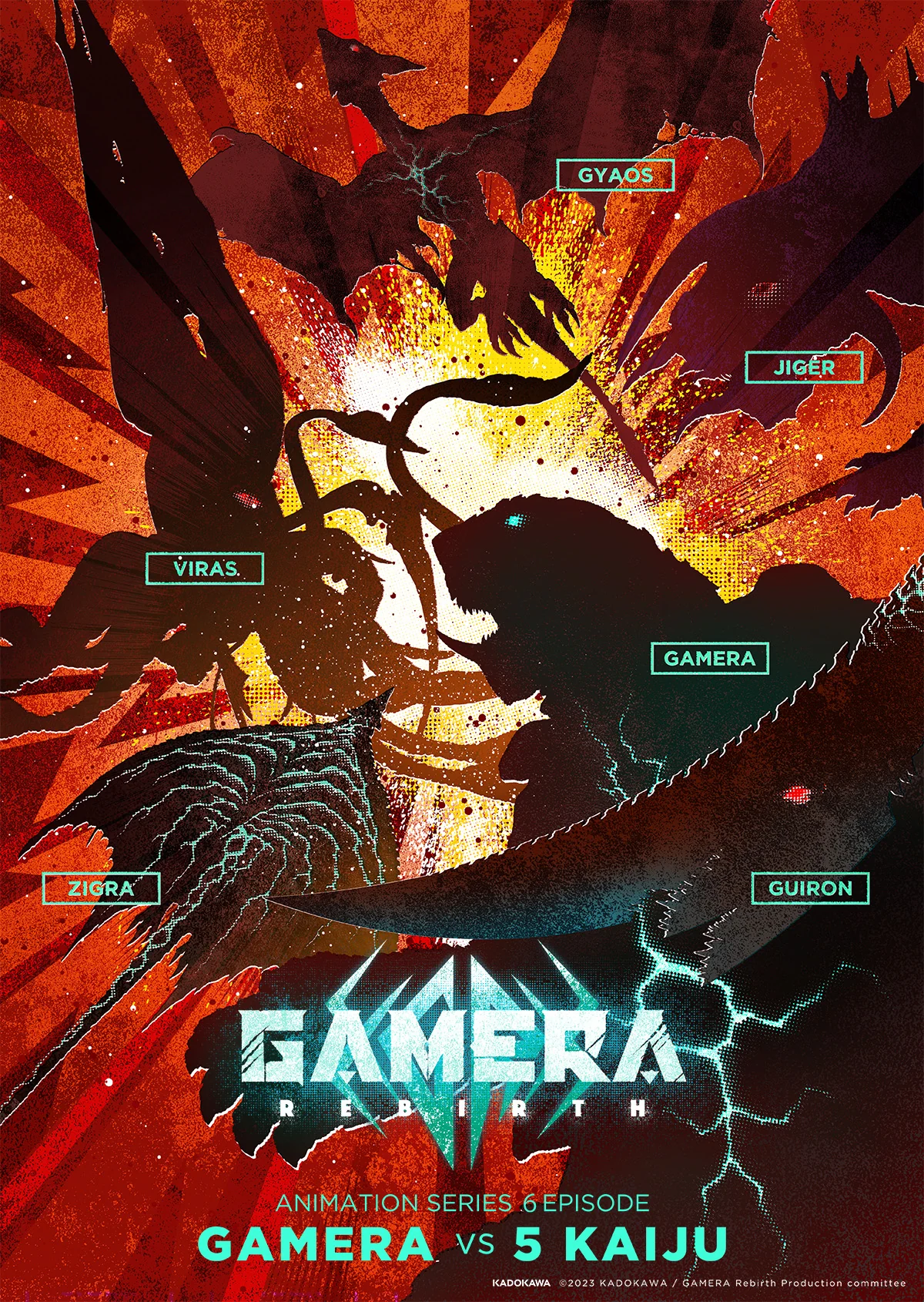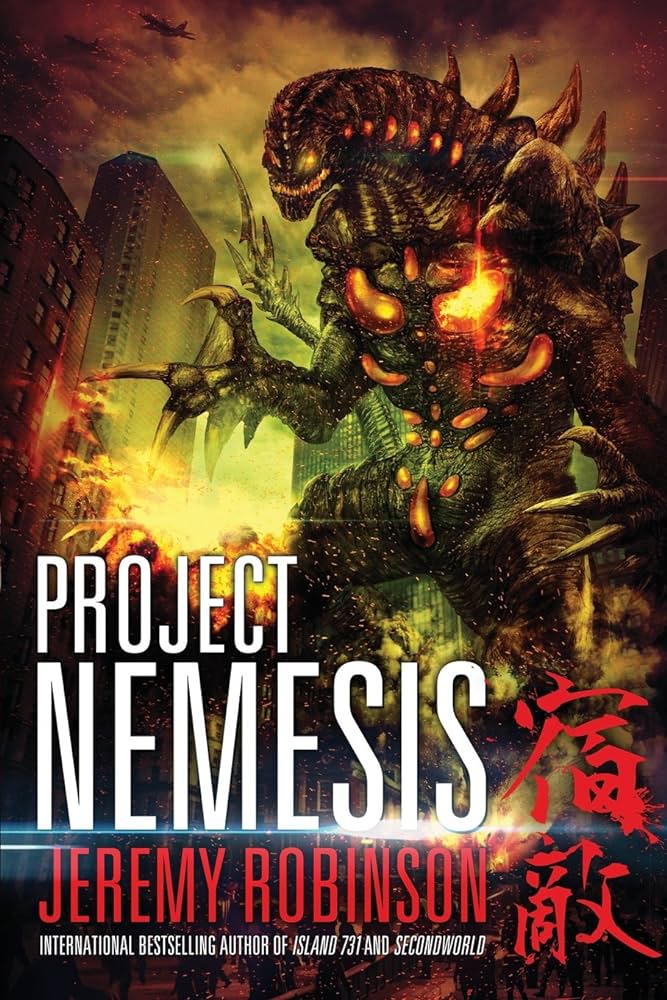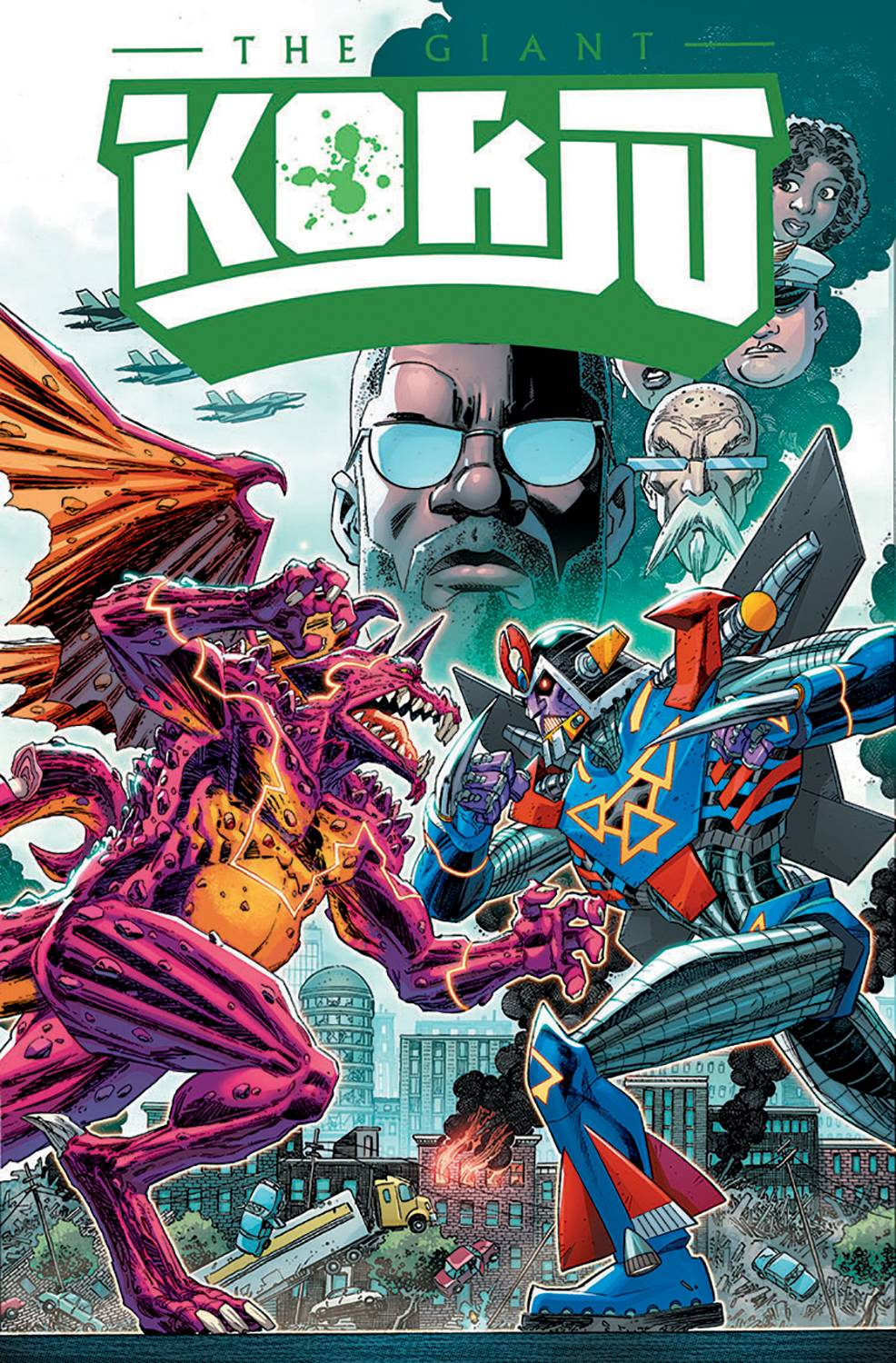“Oh yeah, it’s goddamn Gamera!”
Once quoted by James Rolfe in his Cinemassacre Monster Madness series, I continually find myself quoting that every time there’s something new with the titular monster from Daei/Kadokawa Pictures. My first exposure to the tremendous turtle, beloved by kaiju fans all over the world, was that exact quote. Since then, he’s become just as beloved, and equal in my eyes, to Godzilla. Our amphibious friend has had quite the ride, regarding the atomic breath-touting lizard’s shadow he once stood in. From being made to capitalize on Godzilla-mania in the 1960s, to rivaling the big G himself in the 1990s with an amazing, iconic trilogy of films by Shusuke Kaneko, Gamera has seen the highest highs and the lowest lows across his existence. But, interestingly, after the underrated gem that is 2006’s Gamera the Brave, he seemed to disappear into the ether, with fans clamoring for his return for years. What would come next? Would we get a SHIN GAMERA? Would he come back and face Godzilla, something that’s been begged for by fans since I’ve been able to read? Well, this year, we got our answer. Gamera was to return in a brand-new animated series. Gamera: Rebirth has now released, and is directed by a team of individuals, most notably, directed and co-written by Hiroyuki Seshita, who worked on Polygon’s trilogy of anime Godzilla films, released from 2017-2018.
I indeed shared the cautious attitude that many in the fandom had upon hearing about some of the Polygon team being attached to this series. While I am in no means a hater of that infamous anime trilogy, it was clear that the fandom had some of the most mixed reception in G-history to those movies, and it showed upon the announcement of Rebirth. My personal reaction was closer to “Really? Another 3D anime kaiju series distributed by Netflix?” We’ve had the Godzilla anime films, then we got another Godzilla anime— this time a series, titled Singular Point, which I do really enjoy. Then there’s the Ultraman adaptation of the manga, the sequel series Pacific Rim: The Black, and then finally, the recently released Skull Island anime.
So, how does Gamera: Rebirth shape up in a sea of kaiju anime being dropped in this day?

Gamera characters ©Kadokawa Pictures
Surprisingly, I think it holds up well. The pilot episode sees us follow a group of kids on summer vacation in 1989. I know, that sounds standard in any coming-of-age media in the West, but the approach and way that we just get pure dialog from our protagonists, without “shoving into a locker” cliches is welcome. The writing and banter are top-notch, especially for an English dub, and feels like how teenagers would talk to each other organically. One interesting choice, and much to my own surprise, was the addition of *harsh* language in this series. We have kids dropping f-bombs! That’s amusing to me, but I would understand if somebody thought a monster that has been dubbed “the friend of all children” should be a little more “Friendly” to kids. The seeds being planted over the course of the six episodes regarding the overarching story — from the conspiracy jokes amongst the kid chat, to full-blown alien kaiju appearances in Viras, it’s nice to see a complete story with subtle nods and hits placed throughout. I was a pretty big fan of the twist, and the questions that led up to it. No spoilers here, but I figured it out when I joked to myself while viewing that it might happen. The drama and conflict present within the kid group echo the themes of a coming-of-age movie, with the mother at the very beginning of the show echoing that “friendships don’t last forever after big changes”, something we all seemingly experience universally. What we do carry with us forever are the memories of that summer break from school. Sure, the kids may split up as they enter high school and college, but they will cherish their perilous adventure with the kaiju for the rest of their lives.
If you’re looking for more familiar aspects of a Gamera production, look no further than the monster action. Amplified to eleven with crazy kaiju front-flips, the wrestling comparison people make to kaiju battles is represented in full here. Gamera himself moves like a heavyweight champion, perhaps like the real-life wrestler Bam Bam Bigelow. For those unaware, Bigelow was a 400 lb. man who could do backflips off the top ropes of the ring. Gamera moves just like that — big, bulky, ginormous, but agile as can be. It’s brutal, much like most of the turtle’s outings, featuring blood, guts, severed limbs, and more, despite the heroic monster being gentle and protective of children. Perhaps that’s the deeper layer within the character — the world is brutal, unforgiving, violent, but Gamera will always be there to save us, without asking for anything in return. This series tends to go for a Showa/Brave approach in the storytelling and relationships, but the characters exist in a Heisei Trilogy world, if that makes sense.
The kaiju design has won me over, seeing them in action. The weird, exaggerated joints in classic foes like Guiron truly shine when you see them move. I think the tie-in Bandai figures could have used a better paint job to help win over these looks, but the kaiju in the show are incredible sights to see. My favorite being Zigra, who has not had an appearance in Gamera related media since being the titular antagonist in 1971’s Gamera Vs. ZIgra. From the marketing materials, it looked like he was based off a manta ray, rather than the goblin shark he was previously emulating. This is true, in terms of shape and silhouette, but it was also very clever making him “water gyaos” in terms of face and inner shape, to further push the story being told. No spoilers, but it pays off in the story. It is not just a lazy redesign, which were my fears going in.
Perhaps the weakest aspect of the series is the animation. I am not a fan of anime to begin with, so catching my attention is a challenge. Much like other fans’ feelings about the animation in these 3D productions, the human characters are choppy, rough, and off-putting. In this series, you can get used to it a bit, but the best way this kind of choppy style has been done is with the Spider-Verse films, and the recent Teenage Mutant Ninja Turtles: Mutant Mayhem. Or, one can do the opposite, and feature the human characters in 2D, and the “otherworldly” kaiju appearing in 3D, like Godzilla: Singular Point attempted to do. I hope that maybe one day, studios can return to a more 2D style of animation. Castlevania, also from the same distributor, Netflix, has proven that it is still worth the investment. Buzz around this project has said that it is a toe-dip into the possibility of continuing the Gamera franchise, so perhaps it wasn’t in the boardroom’s interest to open the pocketbooks too much, as we all know that this 3D animation is cheaper to make.
Overall, it’s phenomenal to see Gamera return amongst this renaissance of kaiju media the past 7 years. He was the last to do so, but perhaps it was best that time and care was taken. It’s nice that Netflix has been pushing for these kaiju projects alongside their curation of anime. The dialogue is sharp, full of human emotion, and rich with the universal feelings of being a kid during summertime. The backdrop is lovely, and it’s one of the best depictions of children in media I’ve seen. The music was a particular highlight as well, the Pacific Rim-esque electric guitar theme of Gamera coming to save the day really pushes that “wrestler” narrative, serving as his titantron theme. The strings, hilariously, almost chant “Gamera!” like his old theme song. Viras’ theme, being full of drums and organs, emulates a classic monster theme, fittingly as he’s the penultimate villain of the series. HIs entrance is a highlight of the entire series, and is the culmination of all the outer space talk and hints.
I would say that if you don’t like the project, at least give it a watch, because Kadokawa is watching. The future of the franchise depends on how this series does, and maybe down the road, there will be something Gamera for you. This show to me feels like an authentic celebration of Gamera, combining all elements of previous incarnations, into one cohesive turtle soup for the modern age. It may not feel to some fans like “classic Gamera”, but that’s not what the point is. This is Gamera for the Reiwa era, and he’s back.
Oh yeah, it’s goddamn Gamera.
The world needs Gamera now more than ever. We need a friend of all children to save us. Perhaps this will be the Rebirth of the great turtle’s full-blown return.





